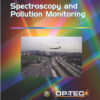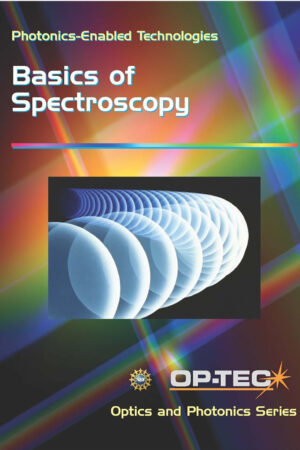Spectroscopy and Remote Sensing | Photonics Enabled Technologies Module
$0.00
This module is one of three pertaining to the role of optics and lasers in spectroscopy.
Description
This module is one of three pertaining to the role of optics and lasers in spectroscopy.
When you have finished this module you will be able to:
• Define remote sensing and spectroscopy and tell how they are related.
• Describe three instruments used to analyze spectra.
• Describe an instrument used to determine atomic mass.
• Identify three general types of spectroscopy.
• Identify the five wavelength regions of common use in remote sensing.
• Calculate the dispersion and chromatic resolving power for a prism.
• Draw a diagram of a grating spectrometer.
• Calculate the linear dispersion for a prism spectrometer.
• Draw a schematic diagram for a spectrophotometer.
• Describe the six main parts of a complete remote sensing process.
• Describe what is meant by atmospheric windows and how sensors are chosen to match them.
• Describe how remote sensing from foliage, water, and heated buildings, for example, is carried out.
• Distinguish between active and passive sensors.
• Identify four platforms generally used in remote sensing.
• Calculate the resolution cell for a sensor given its altitude and instantaneous field of view (IFOV).
• Distinguish between weather satellites and Earth-surface satellites.
• Describe characteristics of a GOES weather satellite.
• Describe characteristics of a LANDSAT satellite.
• Describe how a spectrophotometer is used to determine absorption/transmission through a substance.
• Use the Beer-Lambert law to relate transmission and absorption for a medium.








